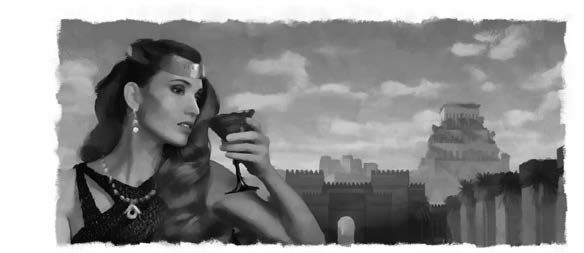I wish you could meet Hussein, the security guard for the building where my wife and I live as missionaries in the Middle East. From the time we first met, we could see he observed his faith carefully and lived with sincerity. I liked him. Hussein visited our home many times, and he invited us to his. We often conversed about the simple things in life and even sometimes about spirituality. At our initiative, he graciously joined us in prayer.
As our friendship grew by God’s grace, we sought to take a new step in our friendship. We began to pray for the right moment to give him a Bible.
One day, I noticed that Hussein was upset. He impatiently explained that his bicycle, his only transportation to work, had been stolen. He was preoccupied with trying to find a bicycle to borrow. That’s the day that I began praying for a bicycle for my friend. Several months passed, and we received an unexpected gift of USD 40. I was puzzled. It seemed like God had sent the money directly from heaven. As I was praying a short time later, the distinct thought came to me, “Show Jesus to your friend. Buy a bicycle for Hussein.” I set aside the $40 and began adding to it.
But the country’s economy worsened by the day, and no matter how much money I saved, I did not seem to have enough to buy a bicycle. But I kept praying and saving. I also went to many second-hand bicycle shops. I began imagining what it would be like to give Hussein a bicycle for his birthday!
When Hussein’s birthday came, my wife baked a cake, I planned a special menu, and we invited him for supper at 5:30 p.m. Certain that God could still answer with a miracle, I went out looking for the bicycle that we had prayed about for so long. At 5:00 p.m., I returned home, unsuccessful and discouraged. My wife reminded me that God knew how much we wanted to help and had prayed. “He’s taking care of the situation,” she said.
The supper was a perfect surprise. Hussein was delighted! He told us how blessed he was to have us in his life. We enjoyed the meal together, presented him with the cake, and had a special prayer for him, thanking God for his life. But we had no bike. No gift.
The next day, still searching for a second-hand bike, I was startled by an online post indicating that a Russian man had listed a bicycle for sale only 10 minutes earlier. I couldn’t believe the price, the photo, and the condition of the bicycle. I grabbed my phone, contacted the owner, and even bravely asked for a discount. The deal was made. As I lifted the bicycle into my car, I knew God had answered our prayers. The bicycle had cost the exact amount that I had saved over many, many months.
The mission story concludes next week.

